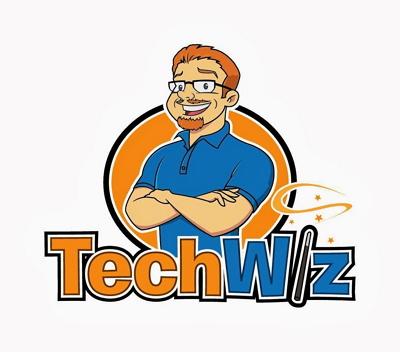 Jonathan Russell is a graphic designer and web developer who lives near Sydney, Australia. He says he’s been fascinated with computers since the tender age of 4, and he’s grown up around technology and its advancements of the past 35 years.
Jonathan Russell is a graphic designer and web developer who lives near Sydney, Australia. He says he’s been fascinated with computers since the tender age of 4, and he’s grown up around technology and its advancements of the past 35 years.
Russell says he coded his first game at just 10 years old back in 1990, and he built his first PC at age 15.
“I have always pushed the envelope of what is normal for the time,” Russell says.
Now he operates a website and a YouTube channel under his TechWiz brand.
One of his posts is an examination of alternatives to using acetone to smooth his 3D printed models.
“I wasn’t happy with cold vapour smoothing with acetone (or the dangerous hot method), so I tested out smoothing using epoxy instead,” Russell says. in his video description. He elaborates on his TechWiz Facebook page, “I have tried acetone smoothing on my 3D prints in the past and never really liked the results, so after some research found a solution that provides (or can provide) a safer and more effective smoothing solution for 3D Models.”
Russell used the Z-Poxy PT-39 30 Minute epoxy solution to smooth out his model, and he was rather pleased with the results.
Made by Pacer, 30 Minute Z-Poxy is resistant to shock and solvents, not brittle, and easy to sand and it excellent at filling gaps. It cures to an entirely clear finish, and the company says it’s formulated to bond to fiberglass, wood, metals, and plastics.
Once you’ve brushed it on, it produces a tough, permanent bond in just half an hour, and one kit includes a 4oz bottle of Z-Poxy Resin and a 4oz bottle of Z-Poxy Hardener. The total working time for the product is around 20 to 30 minutes, and it fully cures in that half hour.
As it contains epoxy resin and polyamide resin, it does, Russell notes, produce some fumes.
Russell says that though he made some mistakes in this first attempt, he addresses them in his video, presented as a top ten list of things to know–and he notes that overall, he was pleased with method and the finished product.
You can check out a video of Russell smoothing out his Darth Vader Melted Mask below.
 You can also see a whole passel of his other projects where he posts videos of coding, 3D printing, tutorials and reviews to tech products and games on YouTube.
You can also see a whole passel of his other projects where he posts videos of coding, 3D printing, tutorials and reviews to tech products and games on YouTube.
Have you ever used epoxy rather than acetone to finish off your 3D printed models? Let us know how it worked out in the Smoothing 3D Models With Epoxy forum thread on 3DPB.com.
Subscribe to Our Email Newsletter
Stay up-to-date on all the latest news from the 3D printing industry and receive information and offers from third party vendors.
You May Also Like
3D Printing Financials: Desktop Metal Targets Recovery Amid Net Losses and Revenue Downturn
Despite facing a decline in revenue and the persistent challenges of a tight economic climate, Desktop Metal (NYSE: DM) is making strides toward operational efficiency. The first quarter of 2024...
3YOURMIND & Nigerian Oilfield Services Firm RusselSmith Team Up on 3D Printed Part Inventory
3YOURMIND, the German and U.S. software services provider specializing in digital inventory platforms for additive manufacturing (AM), has partnered with Nigerian oilfield services firm RusselSmith to digitize spare part files...
Who is Endeavor 3D?
You may be familiar with our company, Endeavor 3D, or perhaps not. Located in Metro Atlanta, we are a contract additive manufacturer (AM) equipped with polymer 3D printing, stainless steel...
Titanium Powder Supplier IperionX Completes HAMR Furnace Installation at Virginia Campus
IperionX, the Charlotte-based manufacturer and supplier of US-sourced titanium products, has installed the Hydrogen Assisted Metallothermic Reduction (HAMR) furnace at its Titanium Manufacturing Campus in South Boston, Virginia. The company...
































